My Favorite Game: Mount and Blade/Warband – Part One
I have spent a lot of hours on a lot of different PC/video games over the years – mostly of the fantasy/RPG variety (though Out of the Park Baseball is my favorite simulation game). And from Temple of Apshai to Dungeon Master to Baldur’s Gate to Age of Conan, I’ve quite enjoyed them. But Mount and Blade (and the stand alone expansion, Mount and Blade: Warband) holds a unique spot for me and several years after last playing it, I’m in up to my elbows again.
I spent my first round playing the original, Mount and Blade (M&B). Now, I’m playing Warband. There are some gameplay differences, the most prominent being that the latter includes multiplayer. However, I have never tried that option and don’t plan on doing so. Mount and Blade and Warband are overall, quite similar and I’ll be using the phrases interchangeably, distinguishing between versions when relevant.
The Game
M&B is a combination first person combat and strategy wargame, with some role playing elements. It is a sandbox, without a storyline. The latter is both a strength and a weakness. You create a character, form a band of troops and roam around the land, solving unrelated quests, fighting enemies and either serving a liege or carving out your own kingdom (creating your own Faction was a Warband addition). You won’t survive long if you don’t build a strong war band, and recruiting, commanding and building up your troops is really the heart of the game.
[Click the images for bigger versions.]
The World
Your character is dropped into the medieval world of Calradia. There are no fantasy elements (though for that, you can always play a mod). There are five Factions (Nations) in M&B, with a sixth added in Warband. Each Faction represents a different medieval culture and has its own troop characteristics. A Faction has its own color on the map and starts with the same cities, castles and villages each time, in fixed positions. The first five Factions below are from Mount and Blade, with the sixth added in Warband:
Khergit Khanate – The purple Faction is based on the Mongols. Their strength is fast-moving horse archers.
Nords – The blue Faction is based on the Vikings. They upgrade to be fierce Infantry: the best in the game.
Rhodoks – The green Faction is based on Italian and Swiss troops. They have powerful crossbowmen and spearmen. They also produce strong mounted knights.
Swadia – The orange Faction is based on the Franks, and also the British. They produce the game’s best heavy cavalry and also feature longbow archers.
Vaegirs – The grey Faction is based on the Slavic nations, including Russia. They produce the game’s best archers.
Sarranid Sultanate – The yellow Faction is based on the Arab culture (think of the Crusades). They feature cavalry and light archers (as opposed to long bowmen).
Warband lets you form your own Faction, which is red. More on that later.
I love that the game is populated by different cultures. When you recruit a villager to join your band, they will evolve into the type of cavalry, infantry or archer of the culture you got them from. So, you can mix and match your troops by type and culture (more on that later). And a fight against the Nords is quite different than battling the Khergits, so you will likely adjust your strategy accordingly.
Also, the appearance of structures vary by culture, giving different areas of the map different looks. A Sarranid castle looks different than a Swadian one. The various cultures and how their troops evolve is perhaps the key element to Mount and Blade’s appeal. Well, how that plays into the actual fighting, anyways…
In addition to Factions, there are different kinds of groups roaming around Calradia, such as sea raiders, man hunters (slavers), deserters (usually better-equipped) and various types of looters and bandits, depending upon the terrain. You can choose to fight, ignore or aid these groups. Though, if you are weak enough, they will confront you.
Every Faction starts the game with four cities, several castles and a bunch of villages. The various Factions are at war with each other all the time, signing trade and defense treaties with some while being at war with others. Most of the time a Faction is fighting against multiple Factions at once. A Faction can only totally eliminate another one with a player’s help. So, wars just keep breaking out and ending all over the place.
Each Faction also has a claimant to the throne, residing in another Faction’s city. If you are unaffiliated, you can choose to help that person overthrow their Faction’s ruler and they will become the new ruler. That’s essentially a quest and it’s probably hard. I’ve never tried it, so I don’t know what all is involved, besides conquering that Faction’s settlements and armies. It’s sort of like being second-in-command of a new Faction, I guess.
Mods
Before getting in to playing the game itself, a word about mods: The basic Mount and Blade game is referred to as ‘Native.’ There are a slew of fine mods for both Mount and Blade and Warband, with quite a few of the former being converted to the latter. I’ve played several mods and my basic game is the ‘Floris ModPack.’ It is a compilation of a bunch of nifty mods that expand Native. Unlike many other mods, it doesn’t change the Factions, redraw the map or make other extensive revisions. It’s basically like playing a much improved version of the base game. I play this instead of Vanilla.
But there are a lot of mods that change the game you’re playing. The engine has been adapted to Star Wars, the Napoleonic Wars and the American Wild West, among many other themes. Many mods keep the same medieval era and weapons, but recreate things like A Game of Thrones, The Lord of the Rings, the 100 Years War, the Trojan War, the Crusades and more. Two fantasy world mods, ‘Prophecy of Pendor’ and ‘Perisno,’ are among the most popular and I’ve tinkered around with them a bit.
I remember in the original M&B, there was only one ladder when you sieged a castle. So all your troops, say, 80 or 90, would line up to climb this one ladder while archers plunked away at them. Not a great way to establish a foothold on the walls. Then I downloaded a mod that put up three ladders. Now that was an improvement!
The modding community is dynamic and robust and adds a lot of value to M&B. Whether you just want to add a few features to the base game or play something entirely different, you have lots of options. The Mod element is a major strength.
Your Character
You answer a few questions to create your character, choosing your gender and making tweaks to your appearance. Your choices don’t have much impact except on your starting skill levels and how some NPCs might interact with you. There are no classes, though you can tailor your skills towards melee or ranged combat, troop leadership, trading and such. Levelling up involves putting points into one of the four attributes (Strength, Agility, Intelligence and Charisma), various skills and the different weapon types.
The attributes are tied to skills and skill limits, so they impact your character’s abilities. Putting a point in Agility will increase the maximum for the Riding skill, while one point in Charisma increases the max for the Persuasion skill.
Skills definitely impact the game. You might put one skill point in Leadership, which increases the maximum war band size by five. Or one point into Iron Flesh, which gives you 2 extra hit points. Or one point into Path Finding, which increases travel speed on the map by three percent. It’s a fairly robust skill tree and you may find yourself focusing on different attribute and skill building at different points in the game.
When you level up, you also get points to distribute between weapon types, such as one-handed weapons, polearms and crossbows. The higher your score, the better you fight with them, but I’m not good at combat, so I haven’t noticed much impact.
You also get to decide which Faction’s area you want to be placed in, though you aren’t beholden to serve that Faction. But it makes sense to start where you want to begin recruiting troops from.
There are limited interactions with various NPCs in the games, but it’s the levelling up and equipping of your character that is the most RPG-like aspect of the game. As in any good RPG, your appearance changes with your items.
Quests
There is no ‘defeat the big, bad evil thing’ plot in the game. It’s truly a sandbox. You don’t have an end goal – unless you make your own. But within the game, each ruler (whether of a Faction, a city or a castle) may have quests for you. Likewise, each city has a guild master who can give you quests. You might have to hunt down a criminal, collect taxes for a lord, get (steal) some cattle and deliver it to an army or escort a merchant caravan to another city.
You get a reward when you complete the quest and your standing with the quest giver usually increases. Likewise, if you fail a quest, you get no reward and your standing usually goes down. Of course, you can decline a request when it is offered. I hate the cattle one. They tend to run off on their own and driving them towards the destination is a pain.
Taking quests from lords in a specific Faction is the best way to increase your standing with that Faction and eventually get the ruler to accept you as a vassal. The quest variety is very limited and there are no dungeons or the like. But they give you something to do and have real benefits. However, unlike in most RPGs, they are not a (the) major component of your adventuring.
Trade
There’s a trade feature that often plays an important part early in the game. Money is scarce and you don’t have much of a band for fighting enemies. Each city has merchants: armor, arms, horse and goods. You can assess the local market (aided by your Trade skill) and you’ll be told three goods that you can sell in another city for different amounts of profit. You then buy as many of that good (or goods) as you can afford, travel to the destination city (cities) and sell to the goods merchant there and keep the profit. Of course, while travelling, you can recruit for your band and get into battles.
I haven’t found trading to be useful after the early game, but it can be pretty helpful when you are starting out and need money. The merchants remain important for selling captured items to and for buying items from to upgrade your equipment.
Companions
You can hire NPCs to serve with you. Unlike troops, they have inventories and skill trees. They also have backstories and you can send them out on missions. You can build up their skills to complement your own, which can be helpful. Equip them with good stuff and they can become useful in combat. And later, if you end up ruling cities, you can assign them to perform key functions. You should have at least a couple of companions in the party for most of the game. Sometimes, Companions argue with each other and I believe that can be a problem down the line. I recently let go a blowhard Companion who was causing dissension within my ranks.
Individual Combat
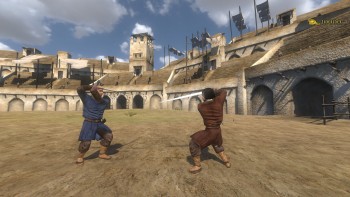 I’m not all that keen on this element, though it’s my son’s favorite part of the game. You can equip your character with armor, weapons and a horse (after all, it’s called MOUNT and Blade), with your skill levels determining what you can use and when. Movement uses letter keys, while you use the mouse for combat, attacking and blocking in melee or aiming and firing bows. It’s not just point and click, since your opponent can block your blows, so you have a couple different types of attacks, depending upon how you move the mouse. It takes some effort to master the fighting – I usually just hack away from my horse and block with my shield when needed. It’s not a great method.
I’m not all that keen on this element, though it’s my son’s favorite part of the game. You can equip your character with armor, weapons and a horse (after all, it’s called MOUNT and Blade), with your skill levels determining what you can use and when. Movement uses letter keys, while you use the mouse for combat, attacking and blocking in melee or aiming and firing bows. It’s not just point and click, since your opponent can block your blows, so you have a couple different types of attacks, depending upon how you move the mouse. It takes some effort to master the fighting – I usually just hack away from my horse and block with my shield when needed. It’s not a great method.
You can earn weapon style points by successfully using weapons during combat. You cannot be killed, but you can be knocked unconscious, at which point you cannot fight or issue any more orders during that combat. You regain your health as the game goes on outside of combat.
You may get attacked by bandits when visiting a city or you may enter a tournament, with rounds of team combat (your war band does not participate). When you hunt down a criminal for a quest, you fight them. These are all opportunities for fighting on your own, without your war band.
And… that’s it for Part One. Hopefully, it conveyed how cool it is to get to draw on different kinds of troops, from Saracen horse raiders to axe-wielding Vikings, as you compose your war band. I also highlighted how the very active mod community gives you lots of options in changing the flavor of the game. This was really a set-up post for the second (and final) one, in which I will get into the meat of the game, including troop combat, castle sieges and how you can create your own Faction and rule your own kingdom! That stuff is where the fun is and what makes Mount and Blade/Warband great. So, stick with it and read that one as well, please!
Bob Byrne’s ‘The Public Life of Sherlock Holmes’ column ran every Monday morning at Black Gate from March 10, 2014 through March 20, 2017.
He founded www.SolarPons.com, the only website dedicated to the ‘Sherlock Holmes of Praed Street’ and blogs about Holmes and other mystery matters at Almost Holmes.
He has contributed stories to The MX Book of New Sherlock Holmes Stories – Parts III, IV and V (and the upcoming VI).
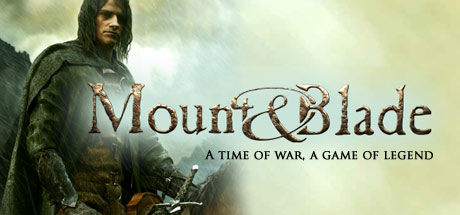
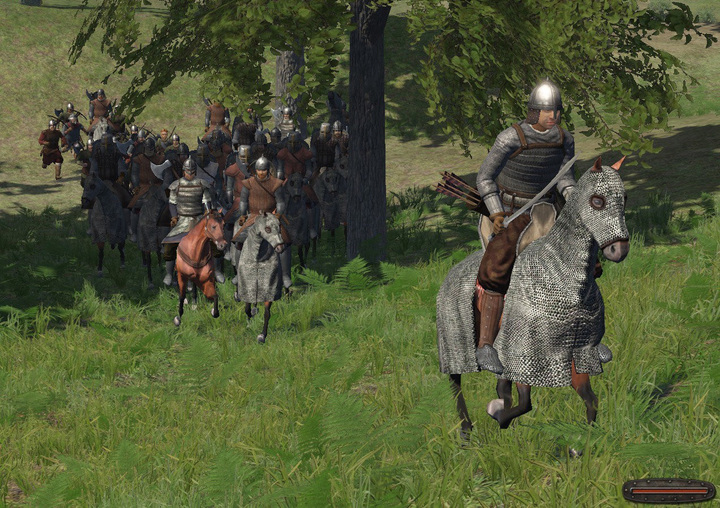
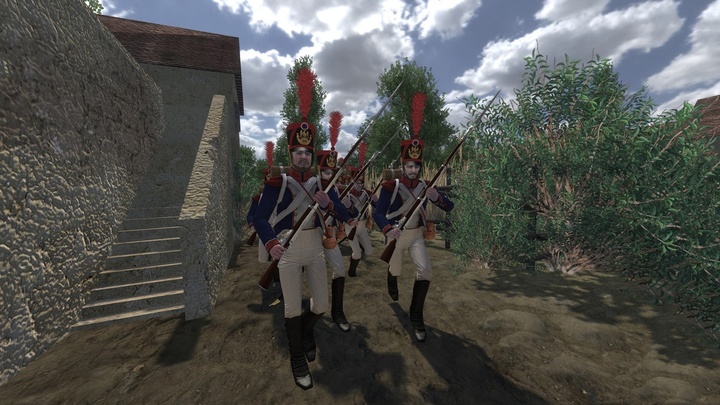
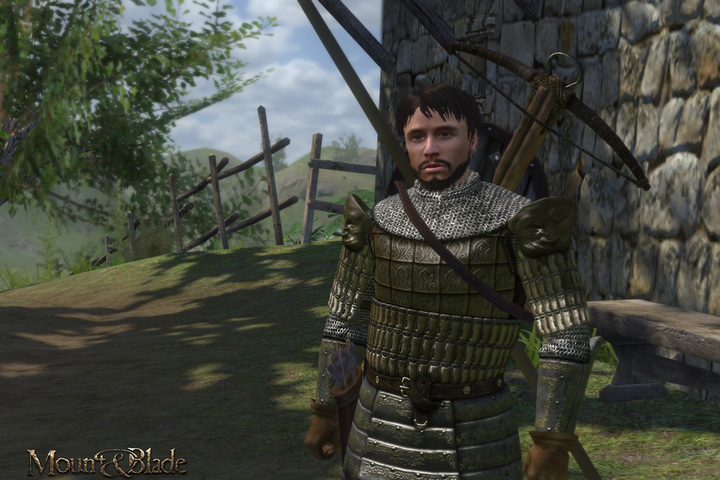
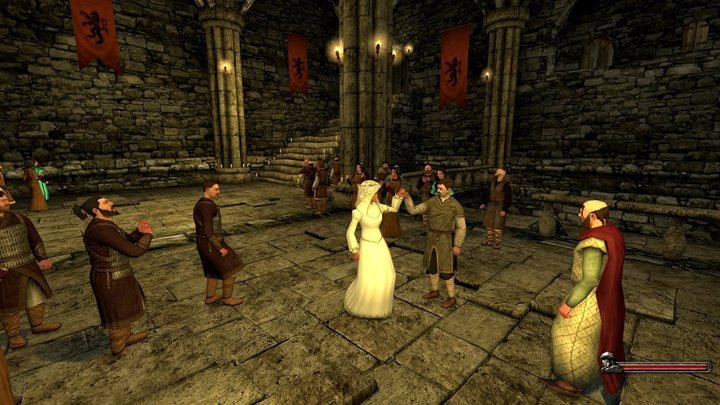
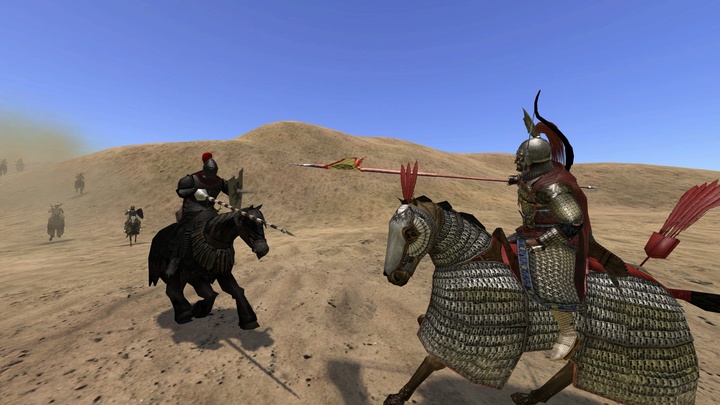
There will probably be a third post on some Mods that I’ve played a bit. Over the weekend, for the first time, I tried out ‘The Last Days,’ which was one of the most popular Mods for original Mount and Blade, then adapted over to Warband.
It’s a total conversion for The Lord of the Rings, allowing you to play dwarf, elf, good or bad human, orc or uruk-hai.
It makes some changes to the fundamental gameplay, such as replacing money with renown and altering the way factions work.
But it was cool to stand atop Minas Tirith and look out over the plains, aid the Rohirrim against some orcs and to go into the Balrog hall in Moria (as an uruk-hai).
My son is enamored with a Trojan War mod, as he got to be Odysseus and out of the gate had a couple hundred soldiers.
The Mods really let you get a new experience playing the same game.
Yeah, I like the LOTR mod, too. I need to reinstall it.
I also love that M&B is a game that’s rooted in history (although fictionalized) rather than featuring magic, which is the default for so many games. There aren’t a lot of purely historical games out there, especially if you don’t count strategy games.
Andy – Yeah, the ‘medieval but not magical’ is a real attraction for me. Even the fantasy mods are more because of the factions and troop types, not magic users and spells.
The Swadians got completely eliminated in my son’s Floris Expanded game over the weekend. First time I’ve ever seen one faction defeated. But that just makes the other five stronger and harder to beat.
I have found individual fighting to be easier in The Last Days, so I’m appreciating that aspect of the game more than I mentioned in the post.
What are your favorite game features? Or Mods?
Do you play M&B or Warband?